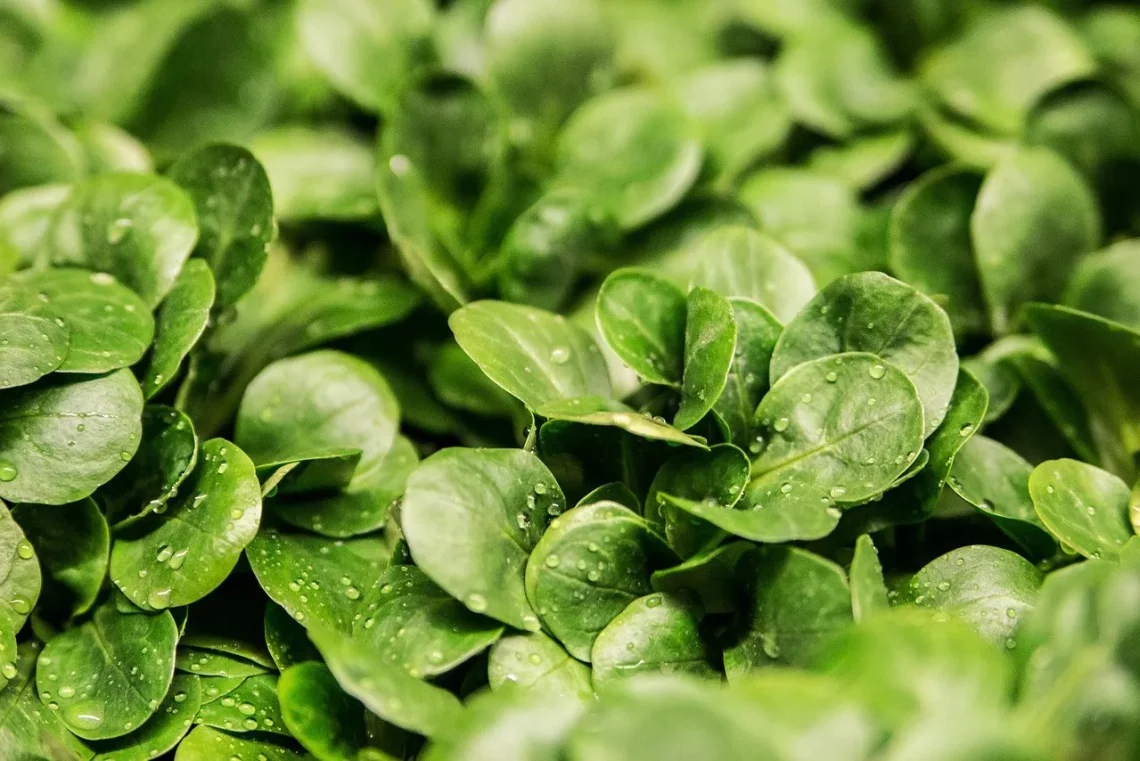
What Vegetables Can Guinea Pigs Safely Enjoy in Their Diet?
Guinea pigs are beloved pets known for their gentle nature and playful personalities. As small herbivores, their diet plays a crucial role in maintaining their health and well-being. While hay and fresh water should constitute the majority of their diet, incorporating a variety of vegetables can enhance their nutritional intake and provide essential vitamins and minerals. However, not all vegetables are safe for guinea pigs; some can even be harmful. Therefore, it’s vital for guinea pig owners to understand which vegetables can be included in their furry companions’ meals.
Providing a balanced diet rich in appropriate vegetables can prevent health issues and promote a happy, active lifestyle for guinea pigs. Vegetables serve not only as a source of hydration but also as a way to keep your pet entertained during mealtime. Many guinea pigs enjoy munching on fresh produce, which can also help with their natural chewing instincts. However, introducing new vegetables should be done gradually to monitor for any adverse reactions. In this guide, we will explore the best options for vegetables that guinea pigs can safely enjoy, ensuring that your pet receives the best care possible while enriching their diet with tasty treats.
Safe Vegetables for Guinea Pigs
When it comes to feeding vegetables to guinea pigs, it’s essential to select options that are safe and nutritious. Leafy greens are among the best choices, providing essential vitamins and minerals. Romaine lettuce is a popular choice due to its high water content and nutrient profile. It’s important to avoid iceberg lettuce, as it contains little nutritional value and can cause digestive issues in guinea pigs.
Another excellent option is bell peppers, particularly red, yellow, and orange varieties. They are rich in vitamin C, which is crucial for guinea pigs since they cannot produce this vitamin on their own. Offering bell peppers in moderation can help boost your pet’s immune system and overall health.
Carrots are also a favorite, although they should be given sparingly due to their high sugar content. While they do provide beta-carotene and fiber, overindulging can lead to obesity and dental problems.
Other safe vegetables include cucumbers, which are refreshing and hydrating, and zucchini, which offers a good source of vitamins without being too high in sugar. Additionally, kale, parsley, and cilantro can be included in their diet, providing diverse flavors and nutrients.
When introducing new vegetables, it’s crucial to do so gradually. Start with small amounts to see how your guinea pig reacts, ensuring they enjoy the new taste without any digestive issues. Remember to wash all vegetables thoroughly to remove pesticides and chemicals before serving them to your pet.
Vegetables to Avoid
While many vegetables are safe and beneficial for guinea pigs, some should be strictly avoided due to their harmful effects. For instance, starchy vegetables like potatoes and corn can lead to serious health problems. Potatoes contain solanine, which is toxic to guinea pigs, and even cooked potatoes should not be given.
Certain cruciferous vegetables, such as broccoli and cauliflower, are also best left out of their diet. While they are nutritious for humans, they can cause gas and bloat in guinea pigs, leading to discomfort and potential health issues.
Onions and garlic are among the most dangerous foods for guinea pigs. These vegetables can cause severe digestive disturbances and even lead to toxicity, impacting their red blood cells.
Additionally, vegetables high in oxalates, like spinach and beet greens, should be offered only in small quantities. Though they contain beneficial nutrients, excessive consumption can lead to kidney stones and other health concerns.
It’s essential to educate yourself about the potential dangers of various vegetables. Regularly consulting with a veterinarian can also provide valuable insights into your guinea pig’s dietary needs and restrictions. By avoiding harmful vegetables, you’ll ensure that your pet remains healthy and happy.
Feeding Guidelines and Portion Control
Feeding your guinea pig a variety of vegetables is essential, but portion control is equally important. Overfeeding can lead to obesity and other health complications. A general guideline is to provide about one cup of fresh vegetables per guinea pig daily, split into two servings to prevent overwhelming their digestive systems.
When preparing vegetables, always chop them into manageable pieces to make it easier for your guinea pig to eat. This will help prevent choking and ensure that they can enjoy their meals fully.
It’s also crucial to keep in mind that not all vegetables should be given every day. Rotate the types of vegetables you offer to ensure a balanced intake of nutrients. For instance, you might give bell peppers one day and cucumbers the next, allowing for variety in their diet while preventing the risk of overconsumption of any particular vegetable.
Monitor your guinea pig’s weight and overall health regularly. If you notice any changes in their appetite, behavior, or stool, consult a veterinarian. They can help determine if the diet needs adjustment or if there are underlying health issues.
Lastly, ensure that fresh hay is always available, as it is the cornerstone of a guinea pig’s diet. Vegetables should complement their primary diet rather than replace it. By following these feeding guidelines, you can help maintain your guinea pig’s health and happiness.
The Importance of Variety in Your Guinea Pig’s Diet
A varied diet is crucial for the health and happiness of guinea pigs. Just like humans, guinea pigs can become bored with their food, and a lack of variety can lead to decreased appetite and nutritional deficiencies. Therefore, introducing a diverse range of vegetables can not only meet their nutritional needs but also stimulate their mental engagement and curiosity.
Incorporating different colors and types of vegetables not only makes meals more interesting but also ensures a wider range of vitamins and minerals. For instance, combining leafy greens with colorful bell peppers and crunchy cucumbers can create a visually appealing and nutritious meal.
Moreover, different vegetables have unique textures and flavors that can cater to your guinea pig’s preferences. Some guinea pigs may prefer softer vegetables, while others enjoy the crunchiness of raw carrots or bell peppers. Observing your pet’s reactions can help you tailor their diet to their likes and dislikes, making mealtime more enjoyable for them.
Additionally, introducing seasonal vegetables can further enhance their diet. For example, in the summer months, fresh, locally sourced produce can provide a variety of flavors and nutritional benefits. Always ensure that any new additions to their diet are safe and gradually introduced to avoid digestive upset.
Ultimately, a varied diet not only supports physical health but also contributes to your guinea pig’s overall happiness. Ensuring that they have a wide range of safe vegetables to enjoy will keep them engaged and satisfied.
In conclusion, while guinea pigs can enjoy a variety of vegetables, it is vital to prioritize their safety and nutritional needs. Always do thorough research and consult with a veterinarian when in doubt about your pet’s diet.
**Disclaimer:** This article is not intended as medical advice. For any health-related issues concerning your guinea pig, please consult a qualified veterinarian.




